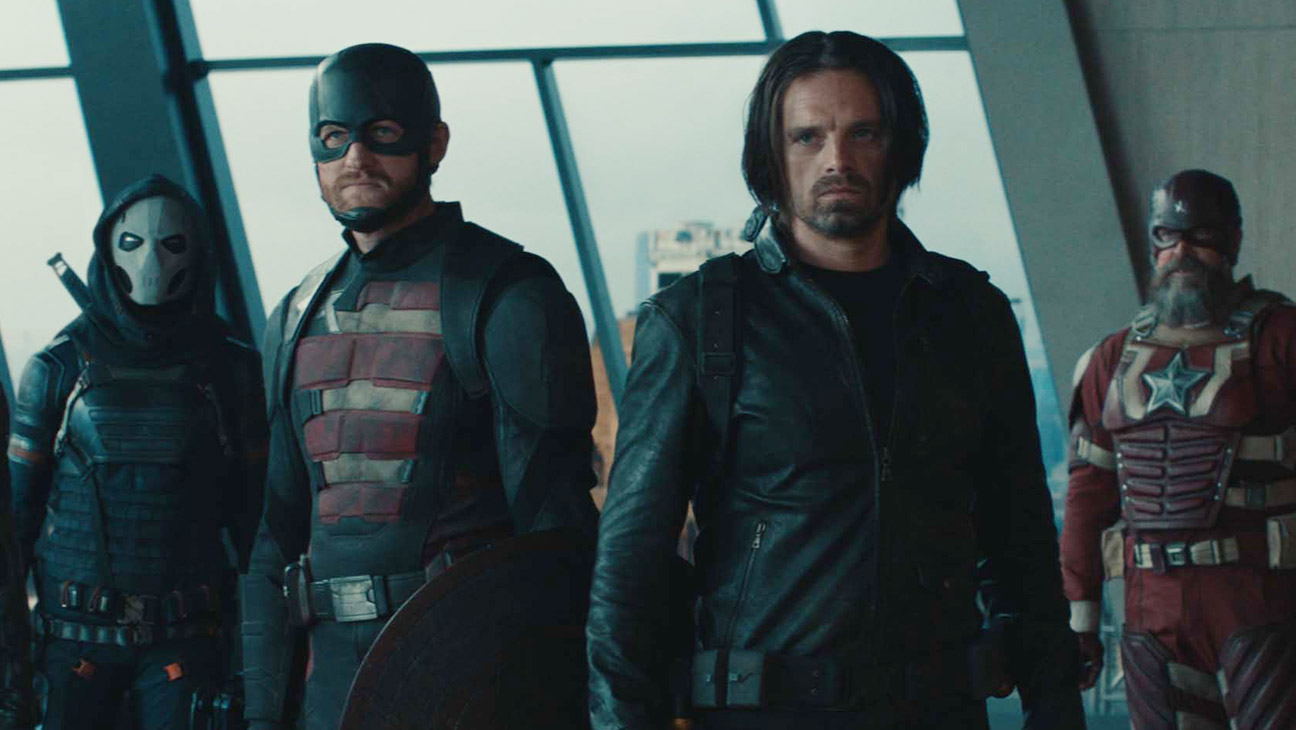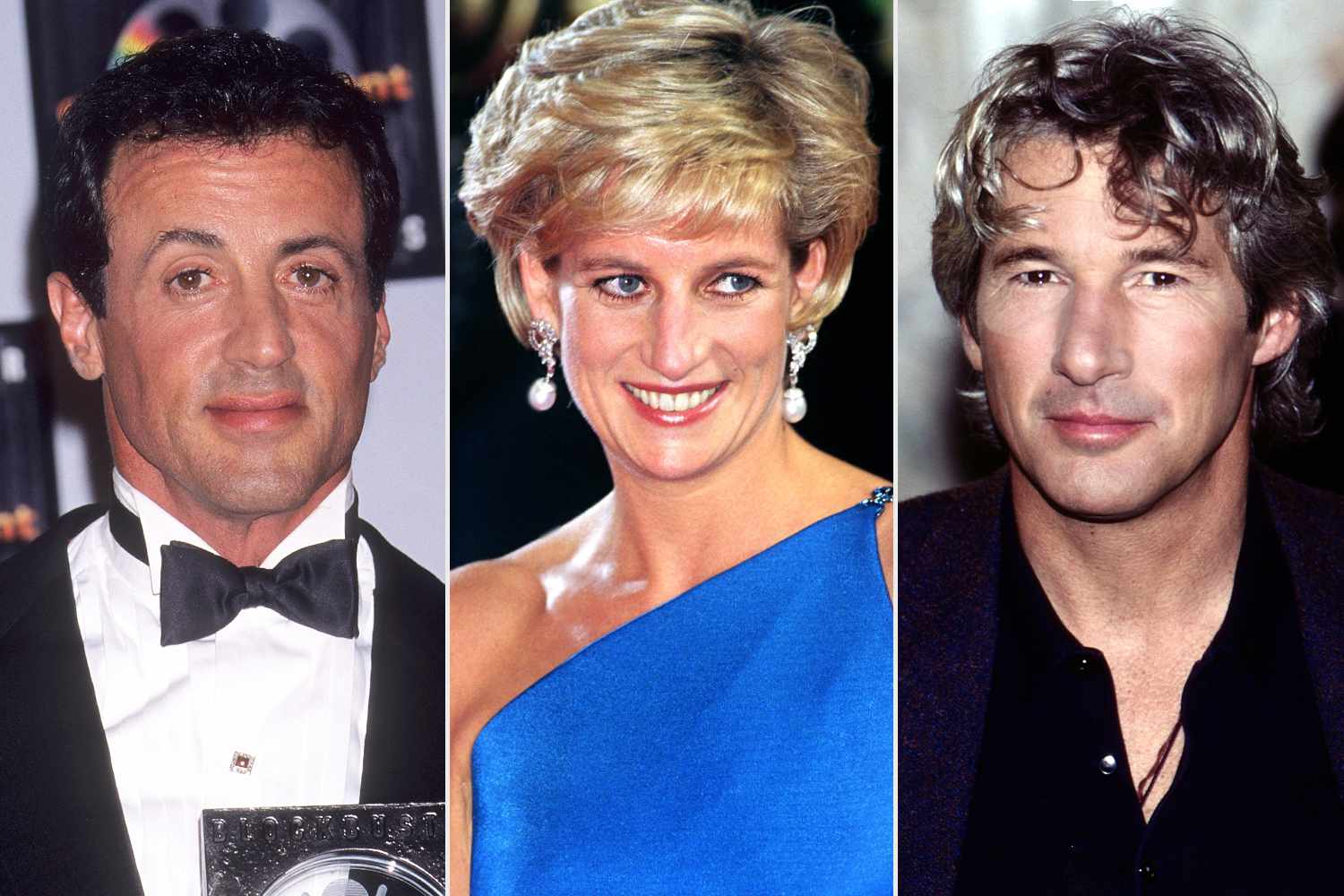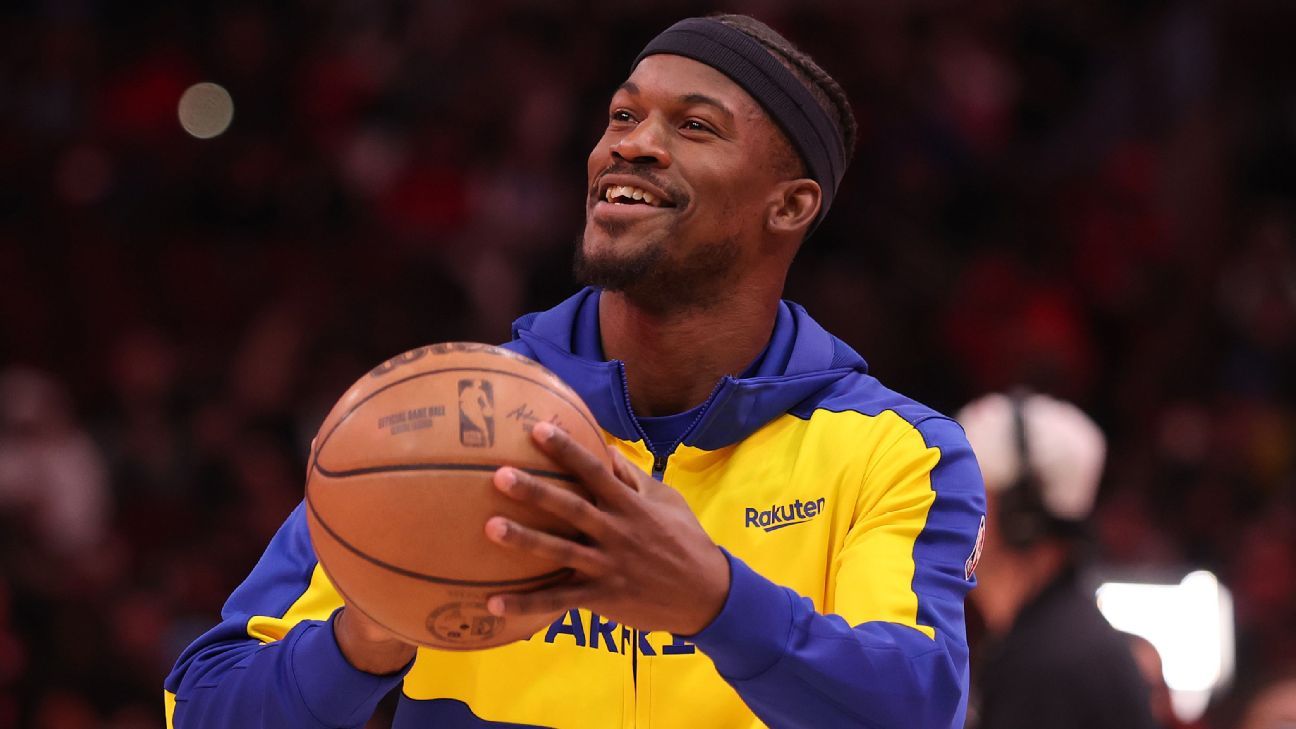
Unveiling the Unexpected: A New Era for Marvel
The Marvel Cinematic Universe (MCU) has consistently delivered thrilling superhero narratives, but few could have predicted the unique direction taken by Jake Schreier’s *Thunderbolts*. This film promises a departure from the familiar, diving into the complexities of its characters and exploring themes rarely touched upon in the superhero genre. With a cast of antiheroes and misfits, *Thunderbolts* appears poised to challenge audience expectations and redefine the boundaries of the MCU. In a recent interview with The Hollywood Reporter, stars Sebastian Stan and Wyatt Russell shared insights into the film’s unexpected elements, setting the stage for a fresh take on the superhero team-up formula.
The film features Bucky Barnes, now Congressman Barnes, navigating a new chapter in his life. The film’s approach to mental health is particularly striking, as the characters grapple with their inner demons and the challenges of working together. This depth of storytelling is a testament to the creative vision of the filmmakers and the willingness of the actors to explore uncharted territory. Russell, with his athletic background, expressed a desire to defy those who might dismiss *Thunderbolts* as just another superhero movie. He and the team wanted to create something unique and impactful, pushing the boundaries of the genre.
The collaborative atmosphere on set further enhanced the film’s creative process, with actors like Florence Pugh and Lewis Pullman contributing their ideas to shape their characters. This open communication fostered a dynamic environment where the best ideas prevailed, resulting in a more nuanced and engaging narrative. As the release date approaches, anticipation builds for *Thunderbolts* to redefine the superhero genre and leave a lasting impact on the MCU.
The Unexpected Return of Bucky Barnes
Sebastian Stan, as Bucky Barnes, brings a new dimension to the role, now Congressman Barnes, a role which sees him transitioning from his past as the Winter Soldier to a position of influence. Stan’s portrayal of the character adds a layer of depth to the narrative. Bucky’s journey is one of self-discovery and the search for purpose. Bucky’s involvement with Valentina, whom he seems to have suspicions about, further complicates his role, hinting at a deeper plot that will unfold throughout the movie. What is Bucky’s purpose as a Congressman, and how does he try to stay relevant to the team?
Stan likens Bucky’s new role to a retired athlete who is brought back to the team as an ambassador, indicating a desire to stay involved and make a contribution. This shift allows the audience to see a different side of the character, grappling with his past and seeking to make a positive impact in the world. Stan’s nuanced performance promises to captivate audiences as the Winter Soldier puts his (non-brainwashed) Winter Soldier persona on hold. The film’s exploration of mental health and the characters’ struggles makes for an interesting perspective on Bucky’s motivations and the complexities of his character.
Bucky’s journey in *Thunderbolts* is a reflection of his desire to adapt and find new ways to contribute. His story is a blend of action and emotional depth, keeping the audience engaged in the characters’ journeys. The film’s approach to mental health is a departure for the MCU, providing an engaging experience for the audience. The movie has an interesting perspective on Bucky’s motivations and the complexities of his character, with Stan’s portrayal of Bucky’s experience set to resonate with audiences.
Beyond Superheroics: Exploring Mental Health and Team Dynamics
Wyatt Russell highlights *Thunderbolts*’ unique exploration of mental health, setting it apart from conventional superhero narratives. The film’s departure from the established MCU formula marks a bold decision. The film explores the themes of loneliness, depression, and the challenges of forming a team of individuals who don’t necessarily want to be together. Russell’s remarks about the movie suggest a narrative driven by complex character dynamics, exploring the struggles and vulnerabilities of individuals forced into working together. How do the characters cope with their issues, and what does it take to forge a team?
The antiheroes find themselves thrust into an environment where they must cooperate, despite their personal conflicts. This team of misfits, each carrying their own baggage, is the core of the story. The characters, unlike the traditional heroes, are not defined by their superpowers, but by their flaws and vulnerabilities. They are forced to confront their inner demons and learn to trust one another, a challenge that drives the narrative and creates a meaningful exploration of loneliness and depression.
The movie has a unique exploration of mental health and the characters’ struggles, a story that is set to resonate with audiences. The characters’ journeys and the collaborative environment on set contributed to the film’s unique qualities. The movie is designed to go beyond superheroics, with a fresh take on the superhero team-up formula, focusing on the challenges and complexities of its characters.
The Power of Collaboration and Inclusive Storytelling
The film’s success is a testament to the collaborative spirit on set, where ideas from all involved were valued and incorporated into the final product. Stan emphasized the inclusive environment, highlighting that the best ideas won, regardless of who proposed them. Pugh, Pullman, and Harbour, each brought their insights, allowing the actors to have significant influence on their characters. This creative freedom gave the actors a voice, leading to a deeper connection with their roles and adding authenticity to the characters’ portrayal. What does it take to create a collaborative environment on set?
The film’s collaborative approach is a refreshing contrast to the traditional superhero movie-making process. This creative freedom allowed the actors to have a voice, leading to a deeper connection with their roles and adding authenticity to the characters’ portrayals. The actors’ input, from Pugh’s ideas for the jump and costumes to Pullman’s and Harbour’s contributions, contributed to the dynamic that ultimately shaped the film. This collaborative spirit created a unique environment where the best ideas prevailed, resulting in a more nuanced and engaging narrative. It is the collaborative spirit on set that promises to make this movie memorable.
The collaborative environment on set and inclusive storytelling contributed to the film’s unique qualities. This open communication fostered a dynamic environment where the best ideas prevailed, resulting in a more nuanced and engaging narrative.
Thunderbolts: A New Chapter Begins
As *Thunderbolts* prepares to hit theaters on May 2, it signals a bold new chapter for the MCU. This project promises to offer a refreshing perspective on the superhero genre. The film’s willingness to explore complex themes, coupled with the collaborative spirit of the cast and crew, positions it as a standout installment. The movie has the potential to resonate with a wider audience, and with the creative vision of the filmmakers and the dedication of the cast and crew, the film is positioned to redefine the boundaries of the MCU, setting the stage for a new era of storytelling. The audience will be keen to see how the story unfolds with its characters’ individual struggles. As fans await its release, the anticipation builds for a superhero experience that promises to be unlike any other.



